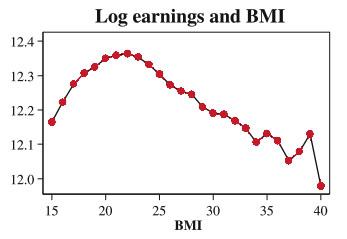
<a href="http://www.shutterstock.com/cat.mhtml?lang=en&language=en&ref_site=photo&search_source=search_form&version=llv1&anyorall=all&safesearch=1&use_local_boost=1&search_tracking_id=3yON9IS0aT1gEBY7C2dovA&searchterm=smartphones&show_color_wheel=1&orient=&commercial_ok=&media_type=images&search_cat=&searchtermx=&photographer_name=&people_gender=&people_age=&people_ethnicity=&people_number=&color=&page=1&inline=220478947" target="_blank">nenetus</a>/Shutterstock
Like most things you love in life, your cellphone might be contributing to your growing waistline—along with your tablet, videogame console, computer, and television. Electronic devices with chips contain flame retardants to cool those chips so they don’t catch fire while you are using them. Researchers at the University of Houston are now finding that these commonly used chemicals may be connected to weight gain.
The compounds in question, Tetrabromobisphoneol A (TBBPA) and tetrachlorobisphenol A (TCBPA) can leach out of the devices and often end up settling on dust particles in the air we breathe, the study found. The compounds are a form of bisphenol A (BPA), a chemical ubiquitously used in food containers and plastic water battles that has already already been linked to obesity and increases in metabolic disorders.
After previous studies showed that these chemicals could activate stem cells to grow fat cells, the scientists set out to study their effect on living organisms.
Using sibling pairs of zebrafish, the researchers administered low doses of the chemicals to only one group for 11 days. Though both groups ate the same diet, after a month the zebrafish in the chemical group were heavier and showed signs of increased fat cell build up (zebrafish are transparent so scientists could see fat build up around vital organs as well as around the fish’s sides).
The team was hopeful that the findings will lead to more in depth research on chemicals that can cause weight gain, said researcher Maria Bondesson in a University of Houston press release. “Our goal is to find the worst ones and then replace them with safer alternatives.”















